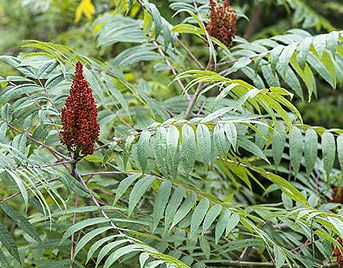top of page


.png)


The thinleaf sunflower typically blooms in late summer or early fall, and it grows tall and branches near the top. A wide variety of animals rely on it for food, including some butterflies that use it as a larval host. This flower prefers woodland or forest edges, and it needs this habitat to grow, or it may vanish from an area due to human activity and competition with invasive species.


Yarrow is another flower that's widely distributed across much of the world, and a wide variety of animals rely on the plant for food. Insects rely on yarrow as a food source, and some species of birds use it to line their nests. Humans across the world have also relied on yarrow for its medicinal properties, for which it has a wide variety of uses.
.jpg)

Great Blue Lobelia is a beautiful flower that grows to be around 4 feet tall with pretty blue flowers. These typically bloom in late summer and early autumn, and the plant relies heavily on insects like bees for pollination. Bumblebees can be seen using the fused petals as a landing pad before climbing into the flower for nectar.



As the name suggests, common blue violet is incredibly common to the area, particularly in the forest. It comes in two different colors - purple and white - and it grows commonly in people's lawns. Many consider it to be a weed, but a variety of insects, mammals, and birds rely on these plants as food sources. This flower is also known to use ants to spread its seeds through a fascinating process known as myrmecochory!
bottom of page








.jpg)

.png)
















